What is the tolerance range of precision screws?
What is the tolerance range of precision screws?
Service Hotline
+86760-8787 8587We have more than ten years of experience in the production of screw industry, the main products are: handle screw bolt, die screw, flat gasket representation method, set crib solid wood bed connection accessories, flat gasket hex bolts, iron black high-strength screws, full Hexagon screw, grade 4.8 wing nut, high-strength material 10.9 special accessories, GB858 washer, set full cup head hexagon socket head bolt, U-shaped card U-shaped bolt, thick-bar half-buckle screw, DIN pin, riveting nut etc. Firmware, due to different product materials and specifications, the price is also different, please contact us if necessary.


According to the development and evolution process of self-tapping screws, we believe that the main types of self-tapping screws are as follows: 1. Common self-tapping screw threads are self-tapping threads, also known as wide thread. The surface is mostly electroplated. 2. Self-cutting and self-tapping screws are called scraping ends of self-tapping screws in my country's standard. The threads are self-tapping threads or machine threads, and the cross grooves are also H type. There are several types of self-cutting self-tapping screws: cross recessed pan head self-cutting self-tapping screws, cross recessed countersunk head self-cutting self-tapping screws. Cross recessed countersunk head self-cutting self-tapping screws, hexagon head self-cutting self-tapping screws. 3. Self-extrusion and self-tapping screws (self-tapping locking screws) The threads of self-extrusion and self-tapping screws are generally machine threads, and self-tapping threads are rarely used. In the wrenching method, in order to ensure the use of high-speed automatic assembly wrenches, slotting is generally not recommended. The cross section of the screw of the self-extrusion self-tapping screw is triangular. So it is also called triangular thread screw. 4. Self-drilling and self-tapping screws (self-drilling screws) The threads of self-drilling and self-tapping screws are self-tapping threads according to Chinese, German and international standards. In the American ASME and SAE standards, the BSD self-drilling self-tapping screws are self-tapping threads, and the CSD self-drilling self-tapping screws are machine threads. Self-drilling self-tapping screws are not recommended for slotted and normal hex head. 5. Metal driving screws (metal tapping screws) The metal driving screws have multiple threads and special threads with a certain helix angle. Only the American standard has metal drive screws, and there are no Chinese and German standards. 6. Wallboard self-tapping screws (dry wall screws) Wallboard white tapping screws are special threads with horn head, cross groove (H type) and 60° profile angle, and the surface is mostly phosphate treatment (phosphating). 7. The cross groove of the fiberboard nail is Z-shaped, and the surface treatment is mostly electroplating. There are several types of fiberboard nails: countersunk head, double countersunk head fiberboard nails, pan head, pan head flange (with pad) fiberboard nails, semi-countersunk head, semi-countersunk head flange (with cushion) fiberboard nails. 8. Combination self-tapping screws Ordinary self-tapping screws, self-cutting self-tapping screws, self-drilling self-tapping screws, etc., and flat washers, elastic washers (including spring washers, elastic locking washers, etc.). 9. Others Self-tapping screw types High and low thread double lead self-tapping screws, coarse and fine thread (different pitch) thread self-tapping screws, threads coated with sealing material (fall resistance) self-tapping screws, various composite groove self-tapping screws, Other special self-tapping screws, etc. In short, there are many types of self-tapping screws. With the development of production, the advancement of technology, new materials, new structures, and new thread forms, new self-tapping screw products will continue to appear.
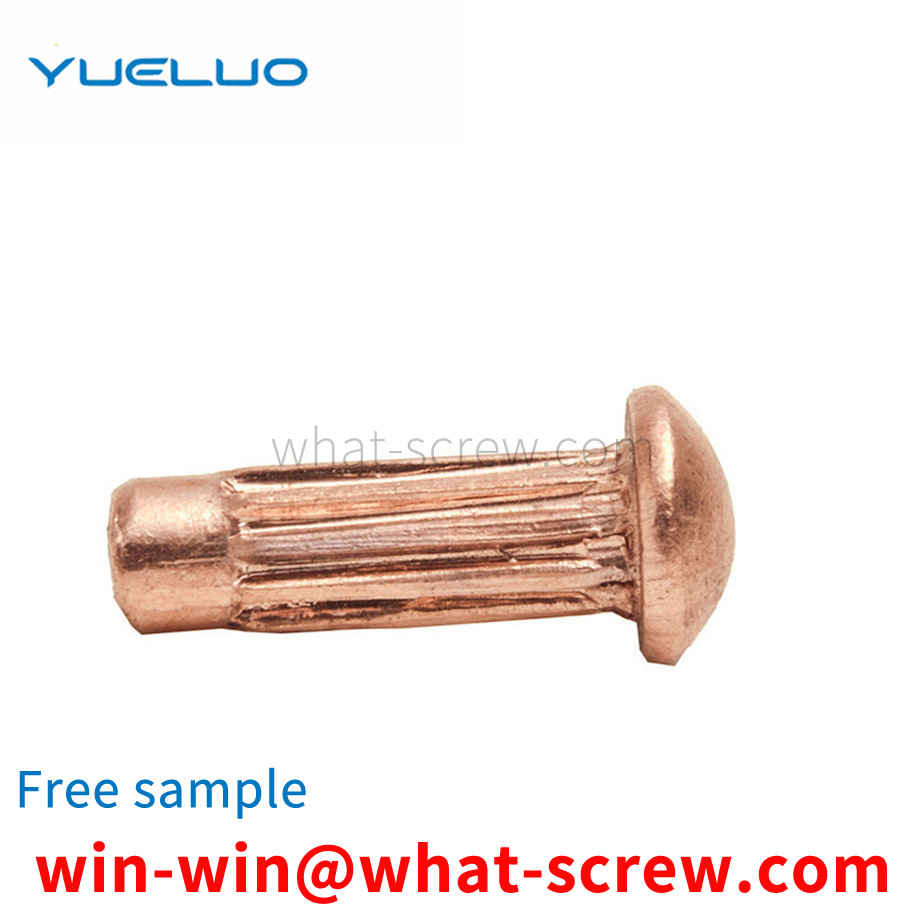
The anchor bolts of some metallurgical industrial equipment are detachable, that is, the anchor bolts are not directly anchored in the foundation concrete, but anchored in the T-bolt sleeve (T-bolt sleeve hereinafter referred to as sleeve) , The sleeve is constructed together with the foundation and anchored directly in the foundation. The T-bolt is inserted into the sleeve when the equipment is installed, and the T-bolt can be removed from the sleeve when the equipment is replaced.
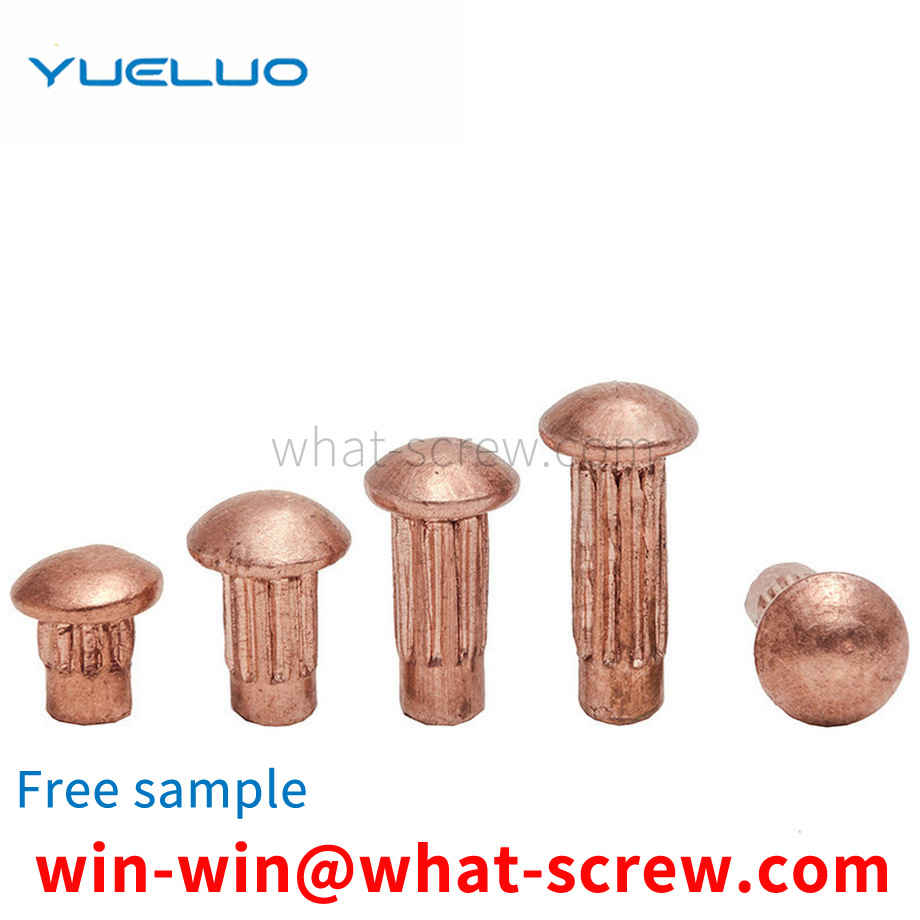
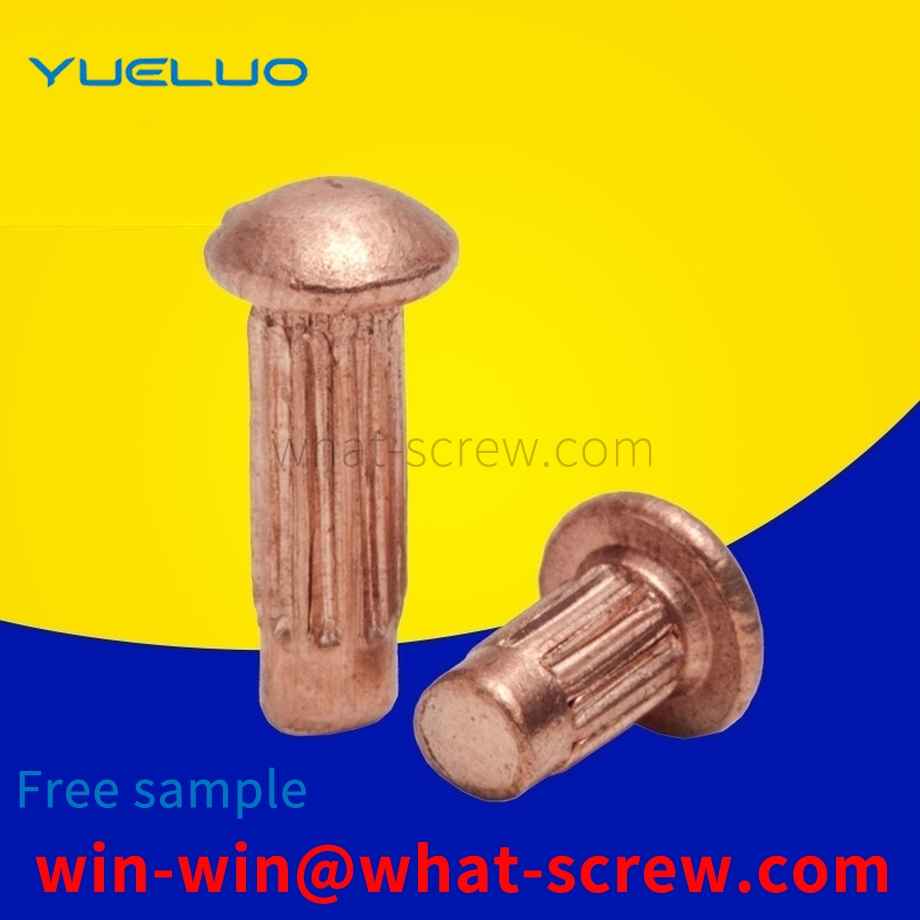
When the tightening effect is achieved by the nut, it is often necessary to use a wrench to fix the nut or turn the nut to achieve the fixing effect. During the use process, the size of the nut is fixed, so it is necessary to use the corresponding type of wrench and the corresponding nut. In the tightening operation, during the installation process, the size of the wrench is large, that is, the nut cannot be manipulated, and it takes time to find a suitable wrench, which is inefficient.
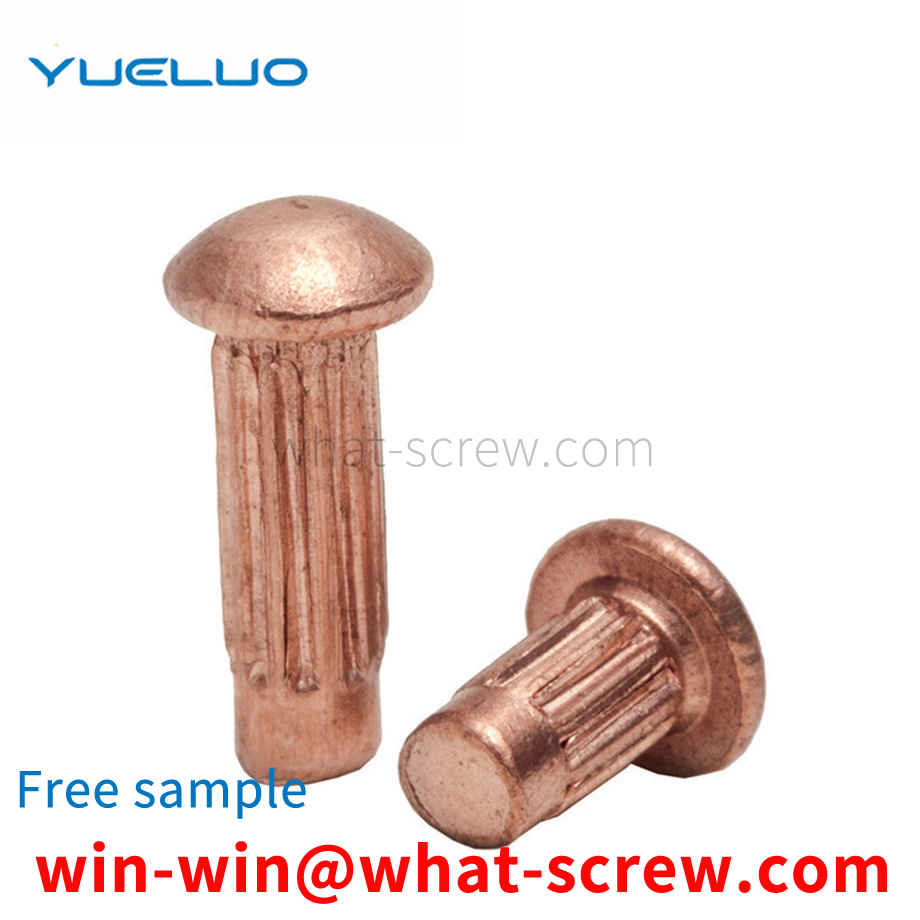
High-strength bolt connection has the advantages of simple construction, good mechanical performance, disassembly and replacement, fatigue resistance, and no loosening under dynamic load. It is a promising connection method. High-strength bolts use a special wrench to tighten the nut, so that the bolt generates a huge and controlled pre-tension. Under the action of pre-pressure, a large frictional force will be generated along the surface of the connected parts. Obviously, as long as the axial force is less than this frictional force, the components will not slip and the connection will not be damaged. This is the high-strength bolt connection. principle. High-strength bolted connections rely on the friction between the contact surfaces of the connectors to prevent them from sliding each other. In order to make the contact surfaces have sufficient friction, it is necessary to increase the clamping force of the components and increase the friction coefficient of the contact surfaces of the components. The clamping force between the components is achieved by applying pretension to the bolts, so the bolts must be made of high-strength steel, which is why it is called high-strength bolted connections. In high-strength bolted connections, the friction coefficient has a great influence on the bearing capacity. Tests show that the coefficient of friction is mainly affected by the form of the contact surface and the material of the components. In order to increase the friction coefficient of the contact surface, methods such as sandblasting and wire brush cleaning are often used to treat the contact surface of the components within the connection range during construction.
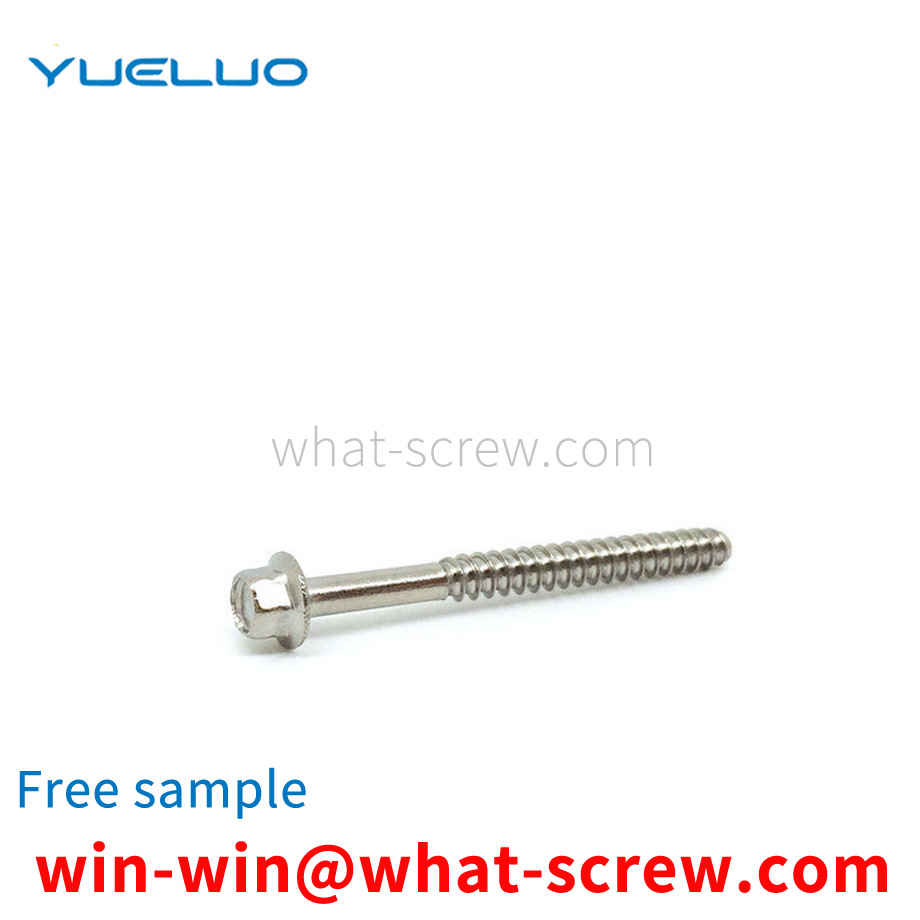
The above content is uploaded by Yueluo or the Internet. If there is any copyright issue, please contact [email protected].

What is the tolerance range of precision screws?

How to choose the right stainless steel screw manufacturer?

Why is there an R angle under the head of the hexagon head s...
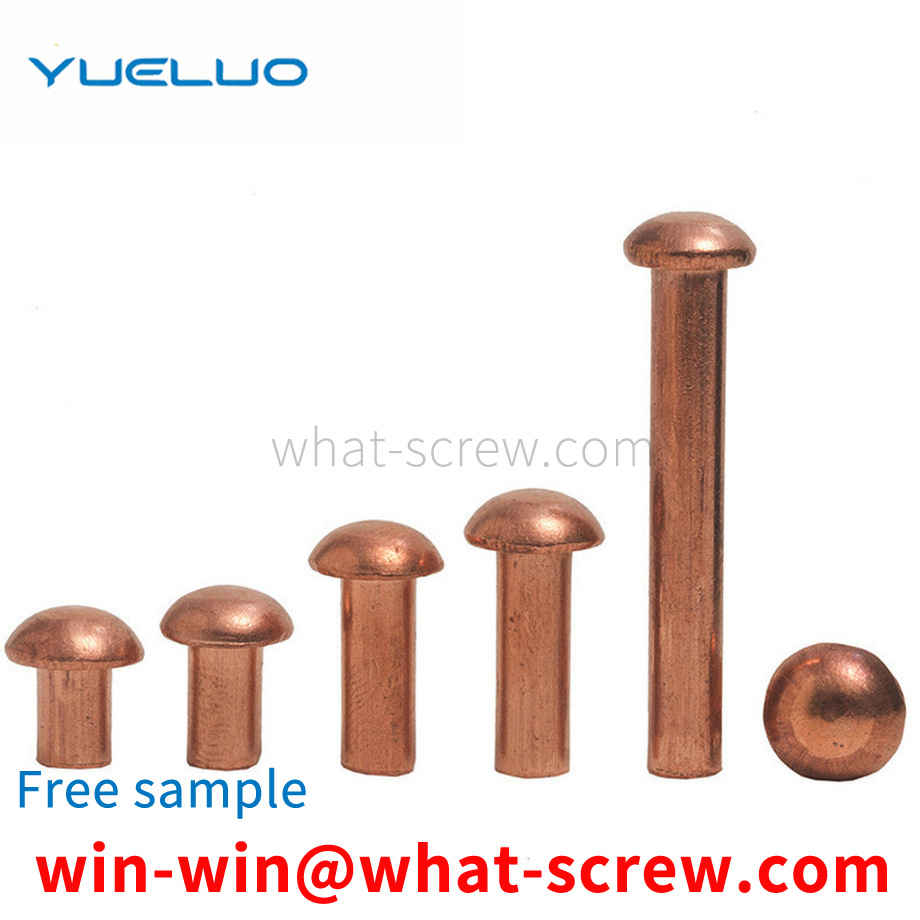
We have more than ten years of experience in the production ...
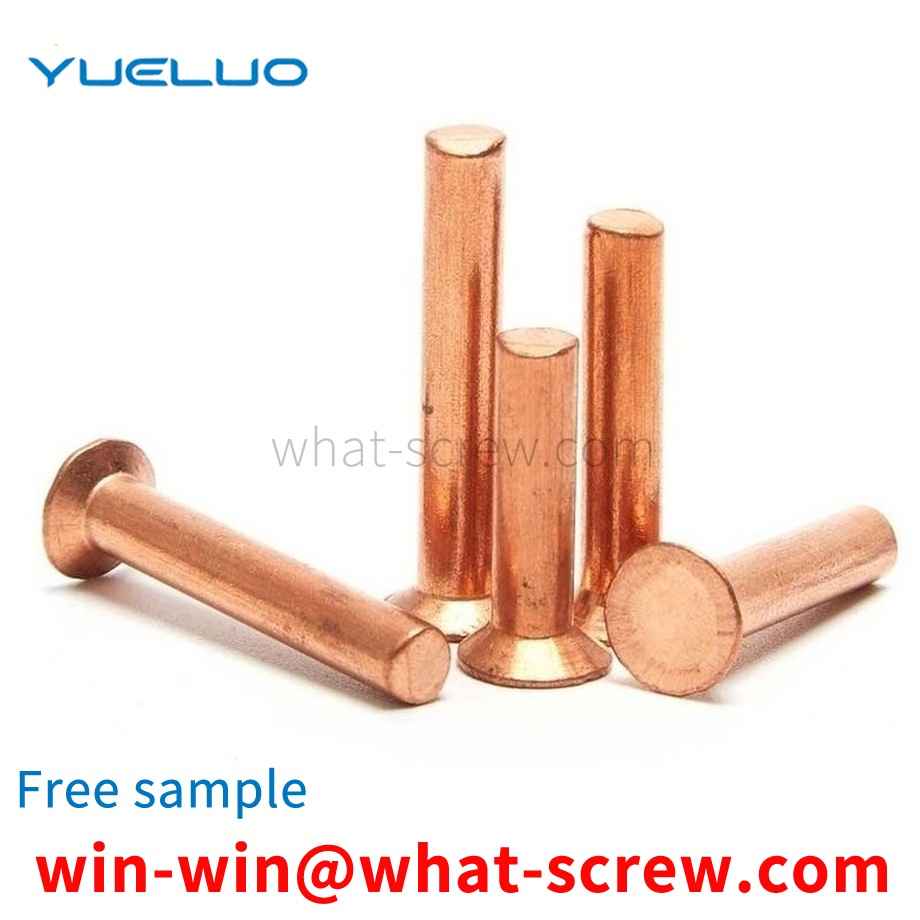
We have more than ten years of production experience in the ...
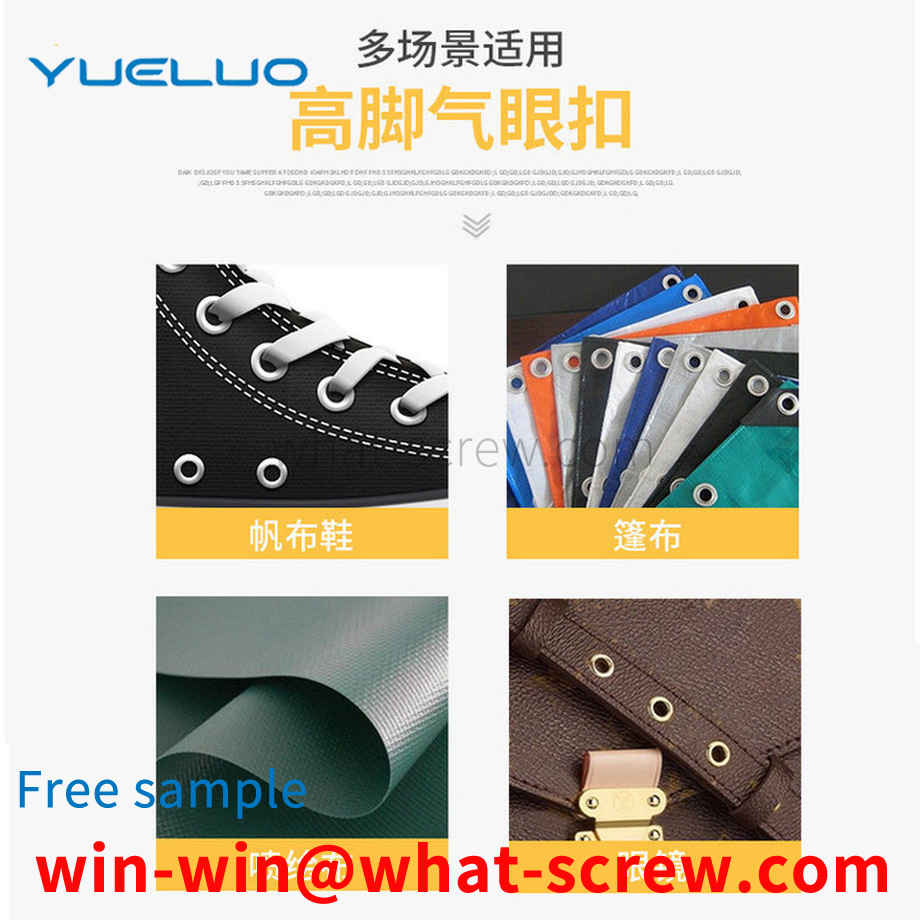
We have more than ten years of experience in the production ...
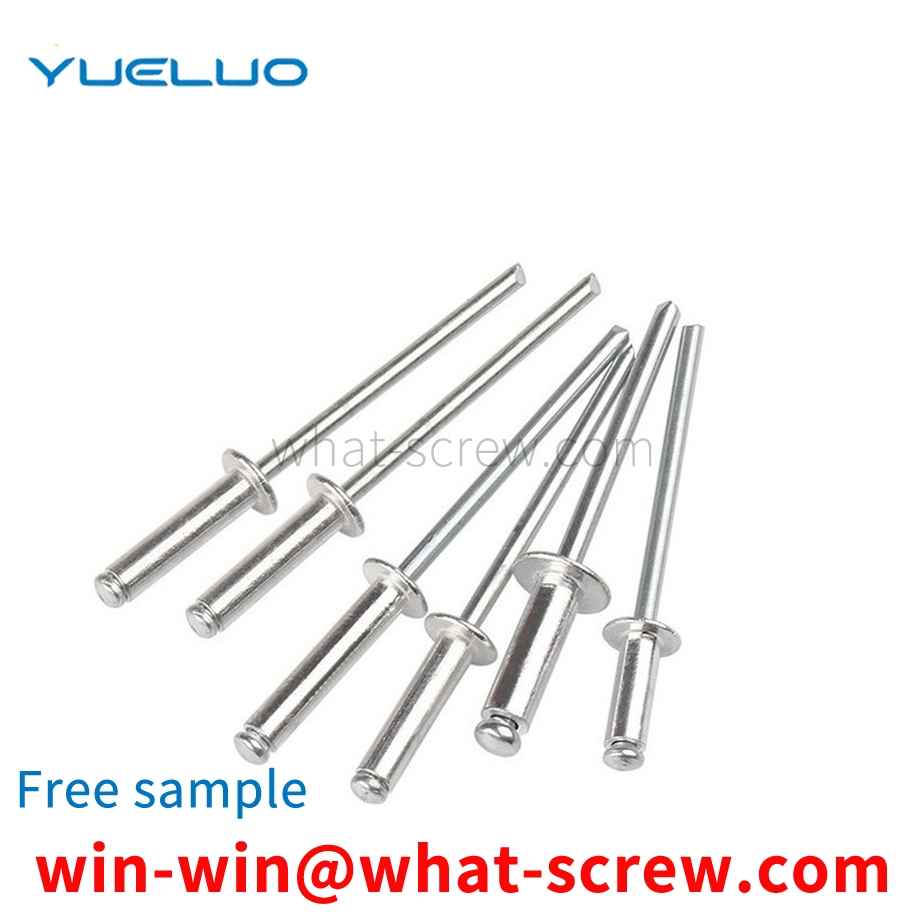
We have more than ten years of experience in screw industry ...